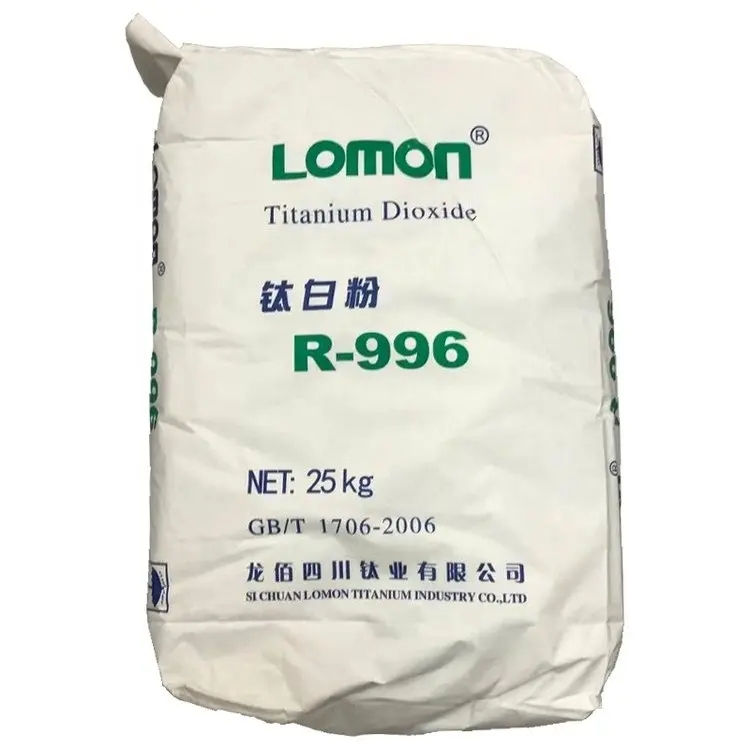
Dec . 07, 2024 11:33 Back to list
tio2 lattice structure
The Lattice Structure of TiO2 An Overview
Titanium dioxide (TiO2) is a widely studied semiconductor material that has garnered significant attention in various scientific fields, including materials science, chemistry, and environmental engineering. One of the key aspects of TiO2 that influences its properties and applications is its lattice structure. Understanding the lattice structure of TiO2 is essential for optimizing its performance in applications such as photocatalysis, solar cells, and pigment manufacturing.
Crystal Structure of TiO2
TiO2 exists in several crystalline forms, with the three most common being anatase, rutile, and brookite. Each of these forms exhibits unique lattice structures that are responsible for their distinct physical and chemical properties.
1. Anatase Structure Anatase TiO2 has a tetragonal crystal system with space group I41/amd. The lattice parameters for anatase typically are approximately a = b = 3.78 Å and c = 9.51 Å. In the anatase structure, TiO2 molecules form a coordinated octahedral arrangement, where titanium is surrounded by six oxygen atoms. This configuration allows for a higher surface area and contributes to its photocatalytic activity, making it particularly effective in applications such as UV-light absorption and water splitting.
2. Rutile Structure Rutile TiO2 also has a tetragonal crystal structure but differs from anatase in its lattice parameters, generally with values of a = b = 4.59 Å and c = 2.96 Å. In rutile, the TiO2 molecules form a more compact arrangement, resulting in a denser material. This denser packing contributes to higher refractive indices and a greater thermal stability compared to anatase. As a result, rutile is often favored for applications requiring durability and strength, such as in ceramic manufacture.
tio2 lattice structure

3. Brookite Structure Brookite is the least common form of TiO2 and has an orthorhombic crystal structure, characterized by unique lattice parameters (a ≈ 5.45 Å, b ≈ 5.14 Å, c ≈ 5.13 Å). Its lesser stability and lower photocatalytic activity compared to anatase and rutile make it less frequently used; however, it is still of interest for certain niche applications.
Implications of Lattice Structure on Properties
The lattice structures of TiO2 significantly influence its electronic properties, surface reactivity, and overall performance in various applications. For instance, the difference in band gap energy between anatase and rutile TiO2 is crucial in determining their effectiveness as photocatalysts. Anatase has a wider band gap (around 3.2 eV) than rutile (approximately 3.0 eV), making it more efficient for high-energy photon absorption.
Furthermore, the crystalline structure and morphology of TiO2 can be manipulated through synthesis methods such as sol-gel processing, hydrothermal treatments, and calcination. These methods allow for the control of particle size, shape, and surface area, which are critical factors in photocatalytic applications.
Conclusion
The lattice structure of TiO2 plays a pivotal role in determining its physical and chemical properties. Understanding the intricacies of the crystal structures—anatase, rutile, and brookite—enables researchers and practitioners to tailor TiO2 for specific applications. As ongoing research continues to explore the potential of TiO2 in innovative technologies, such as environmental remediation and sustainable energy solutions, a thorough understanding of its lattice structure will remain fundamental to unlocking its full potential. By optimizing synthesis and processing conditions, it is possible to enhance the advantageous properties of TiO2, ensuring its relevance in the face of evolving technological demands.
-
Premium 6618 Titanium Dioxide for GPT-4 Turbo Applications
NewsJul.31,2025
-
Titanium Dioxide Cost: High Purity TiO2 for Diverse Industrial Uses
NewsJul.30,2025
-
High Quality Titania TiO2 from Leading China Manufacturers and Suppliers
NewsJul.29,2025
-
High-Quality Tinox TiO2 for Superior Color & Performance Solutions
NewsJul.29,2025
-
High Quality Titania TiO2 from Leading China Supplier & Manufacturer
NewsJul.29,2025
-
High-Performance r6618 TiO2 for Superior Whitening and Versatility
NewsJul.28,2025
